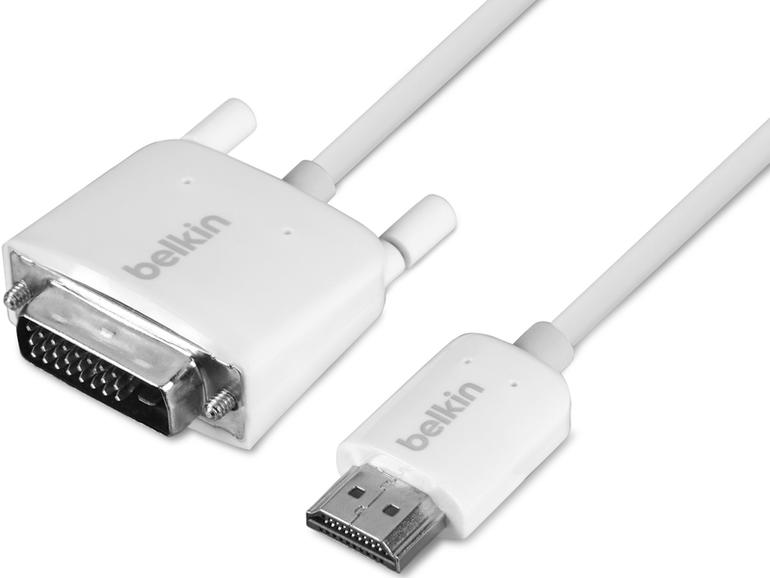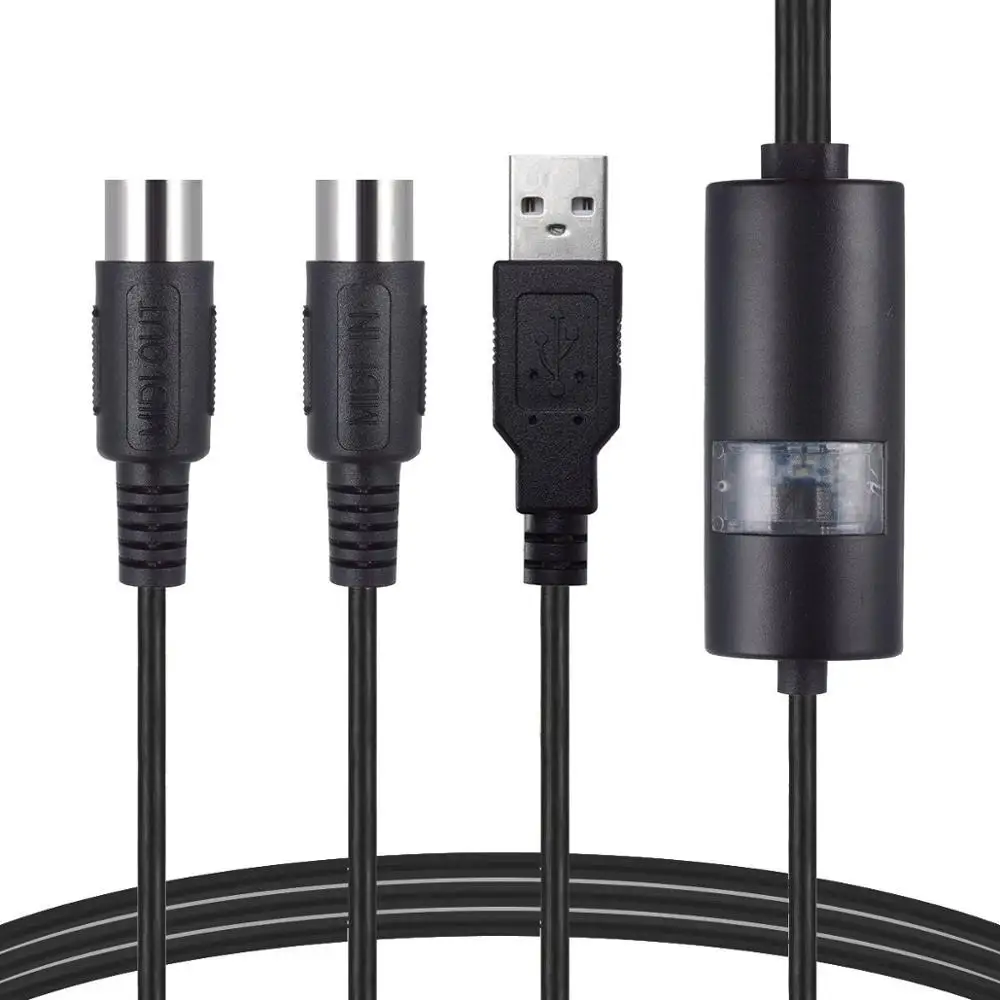Instrument Adapter For Mac
- USB C Hub Adapter for MacBook Pro, Thunderbolt 3 Adapter,10-in-1 USB C Dongle with Gigabit Ethernet, USB C to HDMI VGA Adapter,100W Power Delivery,3 USB 3.0, SD TF Card Reader-Through Port Adapters. 4.6 out of 5 stars 268.
- Pro Instrument Tone on your iPhone, Mac or PC Apogee Jam+ is a professional, USB instrument input and stereo output. Jam+ connects your electric guitar, bass, acoustic instrument with pickup, dynamic mic or keyboard to your iOS device or computer.
- Product Title Apple MFi CertifiedUSB Camera Adapter, USB Male to. Average rating: 0 out of 5 stars, based on 0 reviews Current Price $19.99 $ 19. 99 List Price $69.99 $ 69.
Compatible instruments, and differences in SmartPianist functions and connection methods for each instrument. CSP-170 CSP-150 TA2 / SH2 / SC2 N3X / N1X / NU1X.If you are using iPad pro 11inch or 12.9 inch 3rd generation, please use Apple USB-C Digital AV Multiport Adapter or Apple USB-C VGA Multiport Adapter. Mac Compatibility Mac Compatibility MacBook Air (Retina, 13-inch, 2020) MacBook Air (Retina, 13-inch, 2018 - 2019).
You can connect an electric guitar or another electric instrument to your computer to play and record in an audio track, and use the included amps and pedals to shape your guitar sound. There are several ways to connect an electric instrument to your computer.

After you connect an electric guitar, you choose the input source for the track you want to record in, and optionally turn on monitoring. Monitoring lets you hear yourself play so that you can hear the part you want to record as well as the rest of the project.

Connect an electric guitar to your computer
Do one of the following:
Connect an audio interface to your computer’s USB or FireWire port, then connect an electric guitar to the audio interface.
Connect the electric guitar to a channel on the audio interface or the adapter cable, using a standard 1/4-inch tip-sleeve instrument cable.
If your computer has an audio input port, connect an electric guitar to the audio input port using an adapter cable. Choose Built-in Input as the track’s input source.
If you connect an electric instrument to an audio interface, check the manufacturer’s specifications to make sure the interface is compatible with macOS and Core Audio. Follow the manufacturer’s instructions, which might include installing the correct driver on your computer.
Instrument Adapter For Macbook Pro
Connecting an electric guitar to your computer’s audio input port may result in a low-level input signal. To increase the input signal, you can connect the guitar to a preamplifier, and connect the preamplifier to your computer.
Set the input source for an electric guitar
Select the audio track.
Click the Smart Controls button to open the Smart Controls pane.
In the Recording Settings area, choose one of the following from the Input pop-up menu:
If the guitar is connected to your computer’s audio input port, choose Built-in Input.
If Built-in Input doesn’t appear in the menu, choose GarageBand > Preferences, click Audio/MIDI, and choose Built-in Input from the Audio Input pop-up menu.
If the guitar is connected to a USB port, choose the microphone.
If the guitar is connected to an audio interface, choose the channel number for the microphone.
If the audio interface channels don’t appear in the menu, choose GarageBand > Preferences, click Audio/MIDI, then choose the audio interface from the Audio Input pop-up menu.
Make sure the format matches the input. Choose a mono input for monophonic instruments (with a single channel), and choose a stereo input for stereo instruments (with a pair of channels). To change the input format, click the Format button to the left of the Input menu.
Drag the Recording Level slider to change the input volume level for the sound source.
If the Recording Level slider is dimmed, you can’t change the input volume in GarageBand. In this case, use the device’s own volume control.
Turn on monitoring for an electric guitar or bass
In the Recording Settings area, click the Monitoring button .
The Monitoring button lights orange to indicate that monitoring is turned on.

To avoid unwanted feedback, you should usually turn off monitoring when you’re not playing or singing. Using headphones rather than speakers to listen to your projects can also help eliminate feedback.
Some of you, of course, are musicians who own real external instruments, as opposed to the options available in Mac’s GarageBand. If you’d rather not use the onscreen keyboard to control software instruments, you can connect a MIDI keyboard through a USB cable (on most newer gear) or a MIDI adapter (on older equipment). MIDI is geek shorthand for Musical Instrument Digital Interface, a standard that has been around for years. MIDI over Wi-Fi or MIDI over Bluetooth are also options on some newer devices.
You can connect electric guitars, woodwinds, and drums through MIDI or through an audio interface with the proper ports and cables you might need.
Monitor Adapter For Mac
Click the red Record button when you’re ready to rock. Move the playhead to just before where you want to start jamming. Google apps for mac.
Instrument Adapter For Mac Catalina
If the high-quality instrument you have in mind is your own singing voice, connect a microphone (in lieu of the Mac’s built-in microphone) to an audio input port on the computer. You’ll have to let GarageBand know the input or source of the instrument.

Open System Preferences, click Sound, click Input, and then select Line In. Drag the Input volume slider to an appropriate level.
Back in GarageBand, choose Voice from the library and then choose the instrument that most closely matches your singing (or talking) style, such as Classic Vocal, Fuzz Vocal, and Telephone Vocal. It’s a good idea to sample these styles before committing to one or the other.
The Apple Mac mini 'Core 2 Duo' 2.4 (Mid-2010/Aluminum Unibody) features a 2.4 GHz Intel 'Core 2 Duo' (P8600) processor, a 3 MB on-chip level 2 cache, a 1066 MHz frontside bus, 2 GB of 1066 MHz DDR3 SDRAM (PC3-8500) memory, a 320 GB 3 Gb/s Serial ATA hard drive, a slot-loading 8X double-layer 'SuperDrive', and a NVIDIA GeForce 320M graphics. Make Offer - Apple Mac mini Desktop 2010 Core 2 Duo 2.4GHz 4GB 320HD MC270LL/A 1 YR WARRANTY Apple Mac mini A1347 Intel Core 2 Duo 2.66GHz 8GB RAM 160GB HDD Mid 2010 $249.00. 

If you choose to use GarageBand with a real guitar or bass (for example) and let GarageBand serve as an amp, click the Smart Controls button in the toolbar. Here, you see some of the knobs, buttons, and sliders that you can play with to get your music just right with a virtual guitar.
